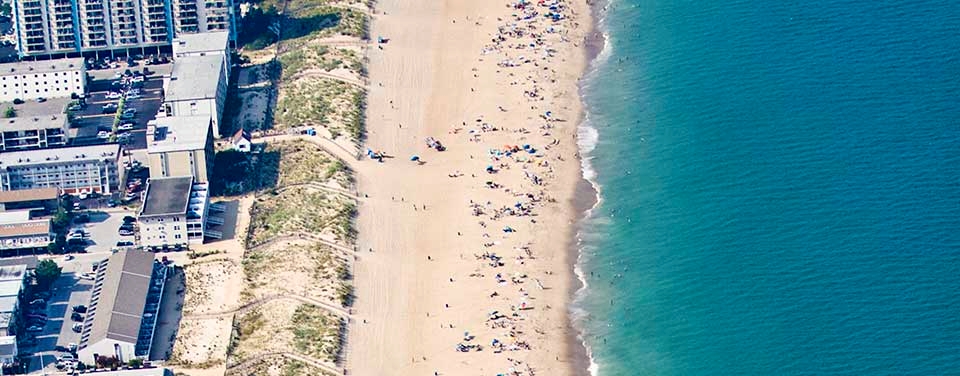Keeping America's Beachgoers Safe
NOAA provides tools for residents and visitors to plan a safe and enjoyable time at the beach.

'Seas the day' and head to the beach!
Ever wonder what the weather will be like, how high the tide will be, if there is a rip current in the water outside of your hotel? NOAA provides tools to help coastal residents, businesses, and visitors plan a safe trip to the beach.
The beach remains one of the most popular summer vacation destinations in the U.S. Both coastal residents and out-of-town tourists partake in the many joys it has to offer. From swimming to surfing to sun bathing and whale watching, the shore provides us with so many unique activities.
But don’t forget the great food, hotels stays, and other small businesses along the beach. The economic benefits of tourism and coastal living contribute billions of dollars to the U.S. Economy. In 2011, the tourism and recreation industry in coastal shoreline counties employed almost three million people and contributed over $282 billion to the U.S. Gross Domestic Product (GDP) .
To help keep the coastal economy thriving, coastal communities safe, and your vacation enjoyable, NOAA provides a variety of services, including:
- Timely and accurate weather forecasts, which provide advance warning of thunderstorms, hurricanes, and other dangerous weather. They also offer small businesses, like charter boat and bike rental owners, the ability to plan for spikes in demand.
- Rip current predictions and warnings, which can save the lives of swimmers and lifeguards from these dangerous currents. More than 100 people die each year because of rip currents off America’s beaches.
- Navigational mapping, which provides up-to-date charts that help keep recreational boaters and commercial maritime traffic safe in and out of our busy marinas and ports.
- Shoreline aerial photography and mapping, which provide community leaders and planners with the tools and information necessary to make sound decisions when planning waterfront development.
- National marine sanctuaries and marine protected areas, which protect threatened and endangered species as well as historic, archeological, and recreational resources for many generations.
- Tides and currents data, which provide information on the movement of water up and down and back and forth. This information keeps swimmers and boaters safe in the water and coastal communities aware of sea level changes and storm surge.
- Harmful algal bloom forecasts, which provide information on the location of the bloom and the highest potential level of associated respiratory irritation. Local authorities in the Gulf of Mexico region can use the forecasts to decide whether a beach needs to be closed temporarily to protect public health. Similar forecasts are now in developmental stages for the Great Lakes, the Gulf of Maine, and other 'HAB hotspots' around the country.